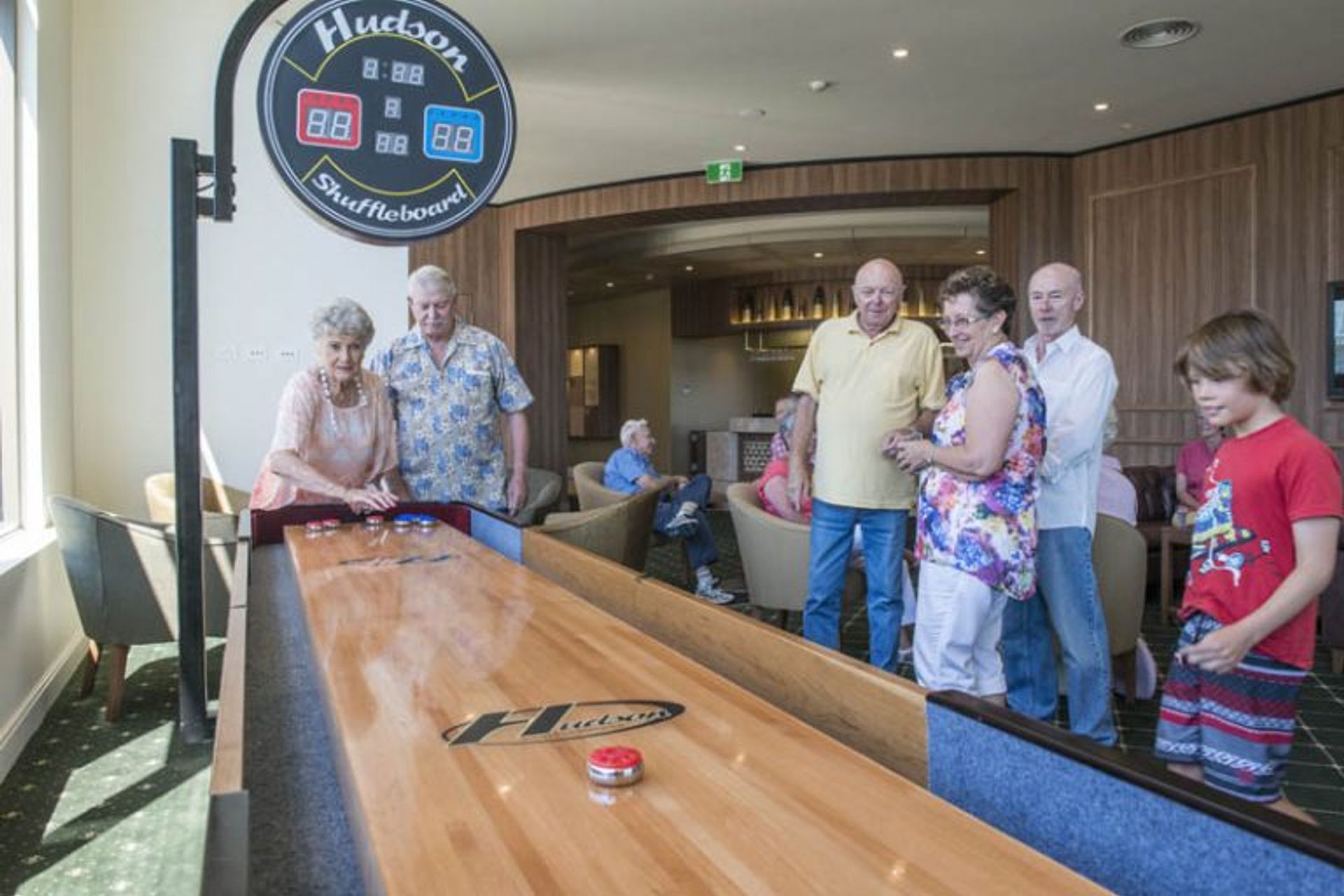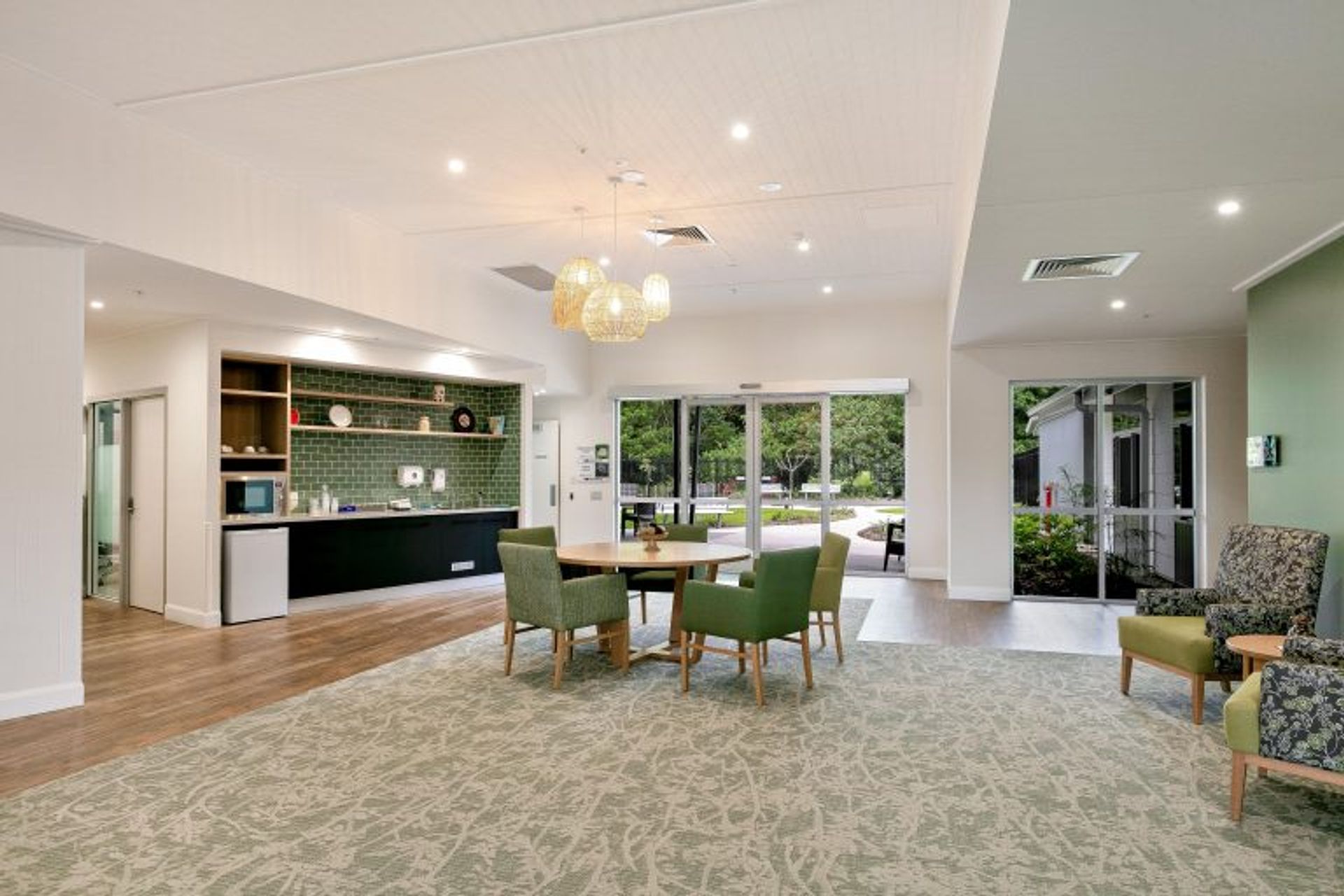How An Interior Designer Supports The Space Planning Process

Understanding The Space Planning Process
By working with an interior designer on your residential or commercial renovation/build, you’re bringing in an expert who knows exactly how to:
- analyse a space
- identify its key features and deficiencies
- make interior design choices accordingly (in line with your budget!)
Interior designers are trained to understand exactly what makes a room, a residence, an office or a facility ‘work’.
They are experienced problem-solvers with the creative and analytical skills to space plan effectively and combine functionality (how well a space can be used) with aesthetics (how a space looks).
In doing so, they’re able to sidestep mistakes or oversights that can blow out your budget, timeframe and stress levels if you took on the process alone.
When you work with an interior designer, the space planning process will typically include the following steps:
1. Determining Your Needs and Priorities
Beyond their technical expertise, a qualified interior designer knows how to identify the needs of the people using a particular space.
This is a fundamental part of smart space planning because in order to plan a space to be as functional as possible, you need to understand WHO will be using it.
After all, not everyone uses a space for the same function or will interact with it in the same way. For example:
- A knowledge-worker is going to require plentiful room for team collaboration, meetings and computer work
- An aged care resident is going to need to utilise clearly delineated and signposted common areas like dining and sitting rooms
- A parent is going to prioritise tons of storage, kid-friendly nooks within larger rooms and space for family-oriented activities
Based on these different needs, your interior designer will work closely with you to develop a brief for your renovation or build.
This typically involves asking a series of questions, which might include:
- Who will inhabit the space? (gender, age, lifestyle, health concerns, physical or mental impairments, mobility issues)
- What is important to them?
- What do they like / don’t like?
- What is a typical day in their life like?
- What will they use the space for?
- How much time will they spend in the space?
- How often will they use the space?
- How do we want them to feel in the space?
- Which activities do we want to encourage in the space?
- What activities do we want to avoid in the space?
And pro tip? The most experienced interior designers will be able to take all the intel they glean from these important discussions and deliver them back to you in the form of a ‘reverse brief’.
A reverse brief enables a designer to clarify:
- your goals for the space in question
- what needs must be met
- any constraints you’re working within (such as your budget and timeframe)
- the subsequent priorities for the design

2. Mapping Out Zones
At this point in the process, a designer will help you to accurately measure your entire space so they can begin assembling a floor-plan.
Having obtained these measurements and clarified the purpose of the space(s), they’ll then be well-positioned to map out what’s known as ‘zones’. A single space may have multiple zones, each equipped with the necessary furniture, equipment and storage to suit a specific purpose.
Planning your space into various zones can be more useful than thinking exclusively in terms of ‘rooms’, particularly when you’re dealing with an open-plan layout of a living area, office or facility.
While open-plan layouts can give a great sense of spaciousness, they can also be under-utilised or lose functionality if they’re not correctly ‘zoned’. Detailed space planning means you don’t need to erect walls to delineate between different areas, but can use a variety of visual cues like:
- natural room dividers (for example, a kitchen unit or island bench separating a kitchen ‘zone’ and dining ‘zone’)
- furniture positioned to divide the space and encourage people to move in a certain direction
- coordination of colours and furniture and use of feature wall art or wallpaper to mark out specific areas
- lighting that illuminates specific areas
How a designer works with you to map out the various zones will depend on the size of your space, how many people use it and how often they do so, and a variety of personal preferences.
In the kitchen, you might determine whether you have multiple people cooking together at once and if you like to eat around an island bench or in a dedicated dining room. In bedrooms, you might consider if your kids need designated zones for ‘studying’, ‘playing’ and ‘sleeping’ or if there are ways to ‘zone’ a room that is being shared between siblings.

3. Establishing Good Circulation
Another key benefit an interior designer brings to the planning of your space is understanding the power of circulation.
Circulation refers to the pathway that exists throughout a room and to its entrance/exit, as well as the pathway that exists between rooms.
When a space is designed with good circulation, it’s easy to move around and to access everything within it. There’s no friction, which means no obstacles that prevent access to entrances/exits and no overcrowding of furniture which makes it difficult to navigate.
While that may sound obvious, it’s actually a challenge to strike the balance between having sufficient space for movement while ensuring a room doesn’t look empty and can be as utilised as possible.
An interior designer will also help you determine the pathways you use on a regular basis, so the furniture, equipment and hardware is positioned at optimal distances from you and each other. An excellent example of circulation is what’s called the ‘kitchen work triangle’.
This marks out the recommended relational distance between your fridge, stove and sink (forming a triangle shape), so there’s neither too much or too little space between them. The result is an aesthetically pleasing and functional area that is easy to cook in.
An interior designer will apply this same principle in many other settings within a home, office or facility to ensure maximum efficiency.
3. Establishing Good Circulation
Another key benefit an interior designer brings to the planning of your space is understanding the power of circulation.
Circulation refers to the pathway that exists throughout a room and to its entrance/exit, as well as the pathway that exists between rooms.
When a space is designed with good circulation, it’s easy to move around and to access everything within it. There’s no friction, which means no obstacles that prevent access to entrances/exits and no overcrowding of furniture which makes it difficult to navigate.
While that may sound obvious, it’s actually a challenge to strike the balance between having sufficient space for movement while ensuring a room doesn’t look empty and can be as utilised as possible.
An interior designer will also help you determine the pathways you use on a regular basis, so the furniture, equipment and hardware is positioned at optimal distances from you and each other. An excellent example of circulation is what’s called the ‘kitchen work triangle’.
This marks out the recommended relational distance between your fridge, stove and sink (forming a triangle shape), so there’s neither too much or too little space between them. The result is an aesthetically pleasing and functional area that is easy to cook in.
An interior designer will apply this same principle in many other settings within a home, office or facility to ensure maximum efficiency.

4. Placement of Furniture, Equipment and Hardware:
Having mapped out your floor-plan, complete with zones and circulation pathways, it’s now time to make various decor decisions. An interior designer is able to offer their experience to help you:
Plan your furniture:
Furniture placement can make all the difference in creating a spacious, easy-to-navigate and aesthetically pleasing room.
An interior designer will help you plan your furniture based on a clear, accurate sense of scale – in other words, you’ll end up with the optimal amount of furniture without overcrowding or leaving a room feeling sparse.
From multi-use modular interior units to custom built-in joinery to multi-purpose items, there are plenty of strategies a designer can employ to ensure an economical, efficient use of space.
Maximise lighting:
While it may not immediately come to mind when we think of space planning, an interior designer will show you how to use lighting as a tool.
They can help you decide where to position your windows (or where to add or replace them in an existing room) in order to maximise the orientation (i.e northern sun in your living room). Aside from natural light sources, you can also achieve the desired level of brightness by layering artificial lighting within a space.
Lighting can also be used to define zones and create an appropriate ‘mood’, from pendant lighting across your dining table to a dimmable light switch in the bedroom or living area.
Strategically place hardware:
An often forgotten element of space planning is the strategic placement of your hardware (like your power outlets and switches).
Having established the various zones within a space and made key furniture choices, your designer can assist you to position this hardware in the most useful, convenient locations.
For example, an office is going to require outlets that correspond with the desk formation of its workers, while a lounge room with a mounted television will require similar outlets halfway up the wall.
Create a sense of ‘flow’:
Last but certainly not least, an interior designer knows how to bring everything together to ensure the entire space looks cohesive.
Whether you’re dealing with limited space, multiple zones within the one room or a complex facility or commercial building, they’ll be able to make decor choices that reinforce all the hard work you’ve done on your space planning.
These choices can look like:
- coordinating materials, textures, shapes and colours within each room
- creating a sense of height and space through carefully chosen colour palettes
- incorporating light fixtures that add visual interest (and clever tricks like the use of mirrors to bounce that light around)
- selecting flooring that clearly delineates different zones, encourages circulation through the space and supports way-finding

As you can now see, there are so many elements to consider when it comes to space planning.
And while all of us are affected by it and can sense when a space is ‘working’ vs when things are off-kilter, knowing the how and why behind space planning principles takes expertise and experience.
By moving through the process with a qualified interior designer by your side? They’ll bring their practiced eye to your renovation or build and help you spot opportunities to make your space as functional as possible for the people who use it.